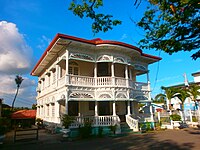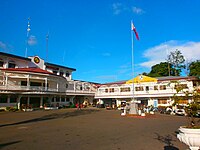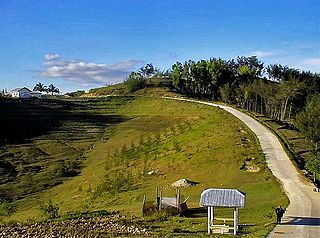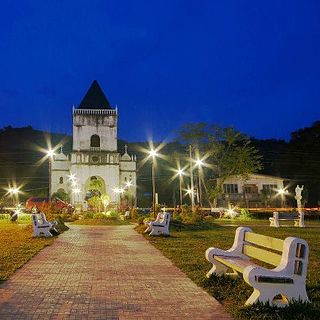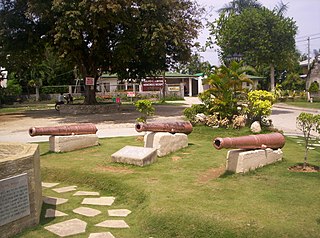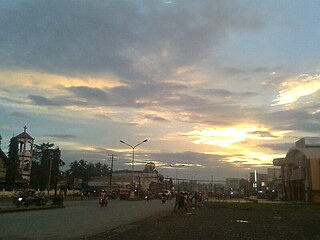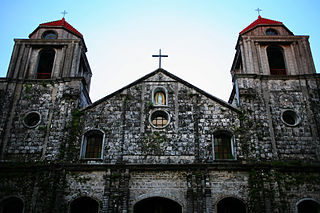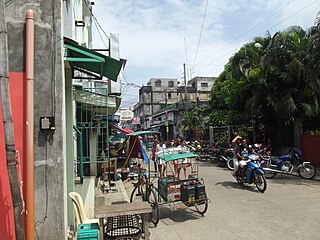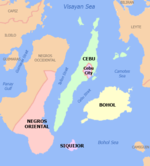Carcar | |
|---|---|
| City of Carcar | |
 Carcar Old Town Plaza as seen from the bell tower of St. Catherine of Alexandria Church | |
| Nickname: Heritage City of the South | |
| Motto(s): Sidlak Carcar!, Sadya Carcar! | |
| Anthem: Ganghaan sa habagatan English: Southern gate | |
 Map of Cebu with Carcar highlighted | |
Location within the Philippines | |
| Coordinates: 10°07′N123°38′E / 10.12°N 123.63°E | |
| Country | Philippines |
| Region | Central Visayas |
| Province | Cebu |
| District | 1st district |
| Founded | 1599 |
| Cityhood | July 1, 2007 (Lost cityhood in 2008 and 2010) |
| Affirmed Cityhood | February 15, 2011 |
| Barangays | 15 (see Barangays) |
| Government | |
| • Type | Sangguniang Panlungsod |
| • Mayor | Mario Patricio P. Barcenas (1Cebu) |
| • Vice Mayor | Efren A. Quijano (1Cebu) |
| • Representative | Rhea Mae A. Gullas |
| • City Council | Members |
| • Electorate | 82,036 voters (2022) |
| Area | |
| • Total | 116.78 km2 (45.09 sq mi) |
| Elevation | 97 m (318 ft) |
| Highest elevation | 807 m (2,648 ft) |
| Lowest elevation | 0 m (0 ft) |
| Population (2020 census) [3] | |
| • Total | 136,453 |
| • Density | 1,200/km2 (3,000/sq mi) |
| • Households | 32,075 |
| Economy | |
| • Income class | 5th city income class |
| • Poverty incidence | 30.71 |
| • Revenue | ₱ 726.4 million (2020) |
| • Assets | ₱ 3,251 million (2020) |
| • Expenditure | ₱ 428.9 million (2020) |
| • Liabilities | ₱ 1,096 million (2020) |
| Service provider | |
| • Electricity | Cebu 1 Electric Cooperative (CEBECO 1) |
| Time zone | UTC+8 (PST) |
| ZIP code | 6019 |
| PSGC | |
| IDD : area code | +63 (0)32 |
| Native languages | Cebuano Tagalog |
Carcar, officially the City of Carcar (Cebuano : Dakbayan sa Carcar; Hiligaynon : Dakbanwa sang Carcar; Filipino : Lungsod ng Carcar), is a 5th class component city in the province of Cebu, Philippines. According to the 2020 census, it has a population of 136,453 people. [3]
Contents
- History
- Cityhood
- Geography
- Barangays
- Climate
- Demographics
- Economy
- Tourism
- Education
- Elementary schools
- High schools
- Notable personalities
- Gallery
- References
- Sources
- External links
Carcar City is bordered to the north by the town of San Fernando, to the west are the towns of Barili and Aloguinsan, to the east is the Cebu Strait, and to the south is the town of Sibonga.
Carcar lies on the southernmost part of Metro Cebu area. [5]





